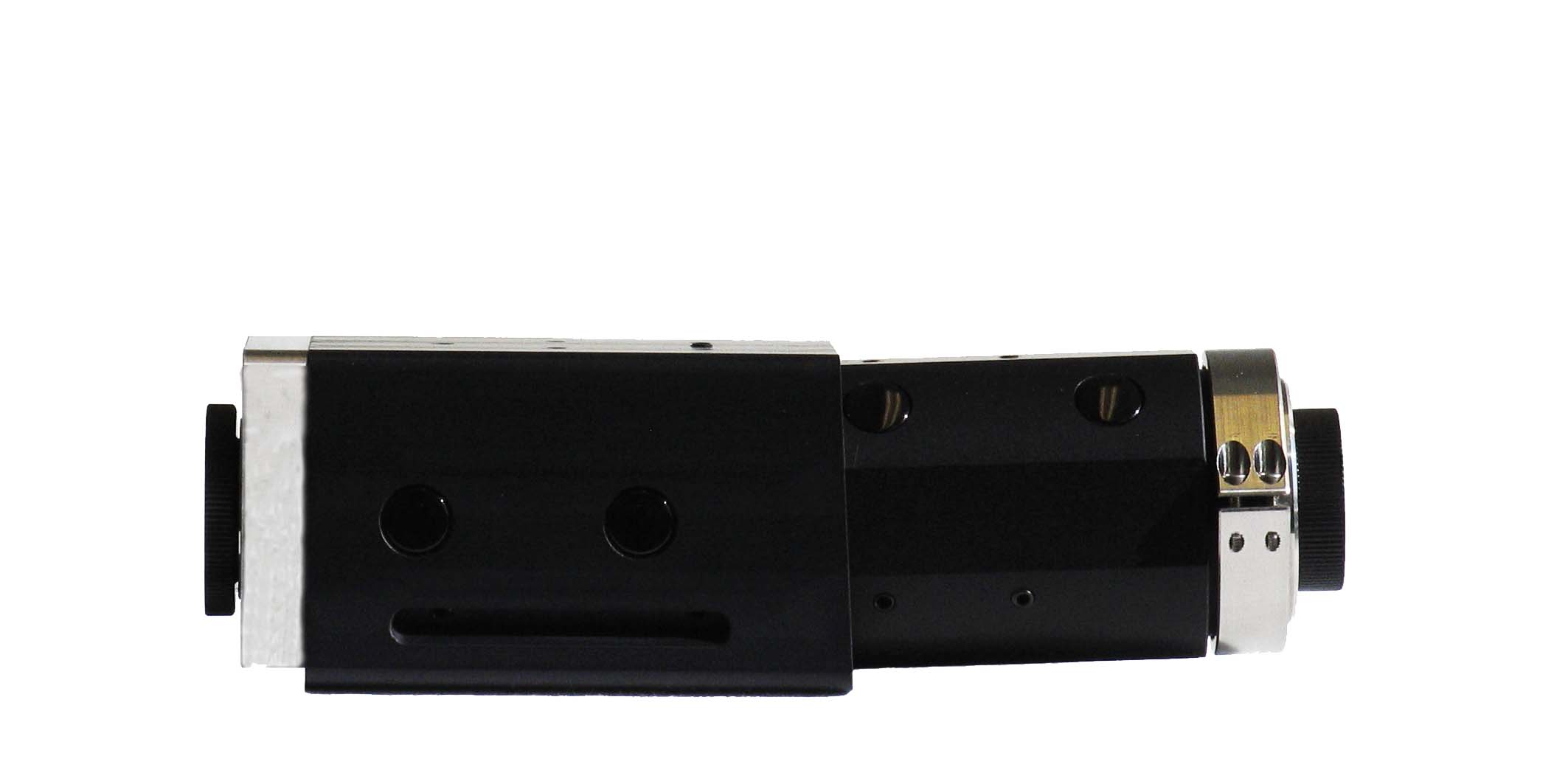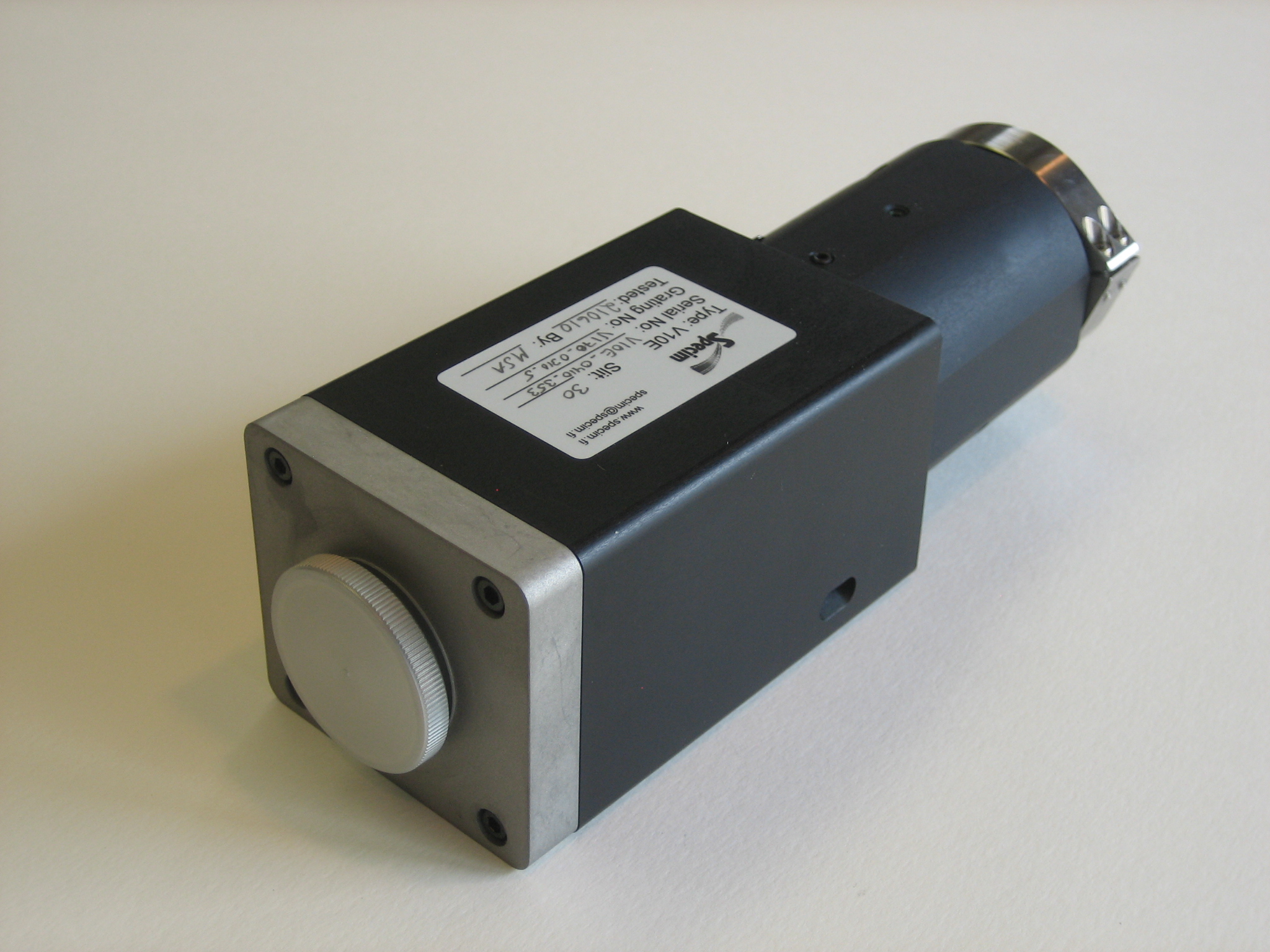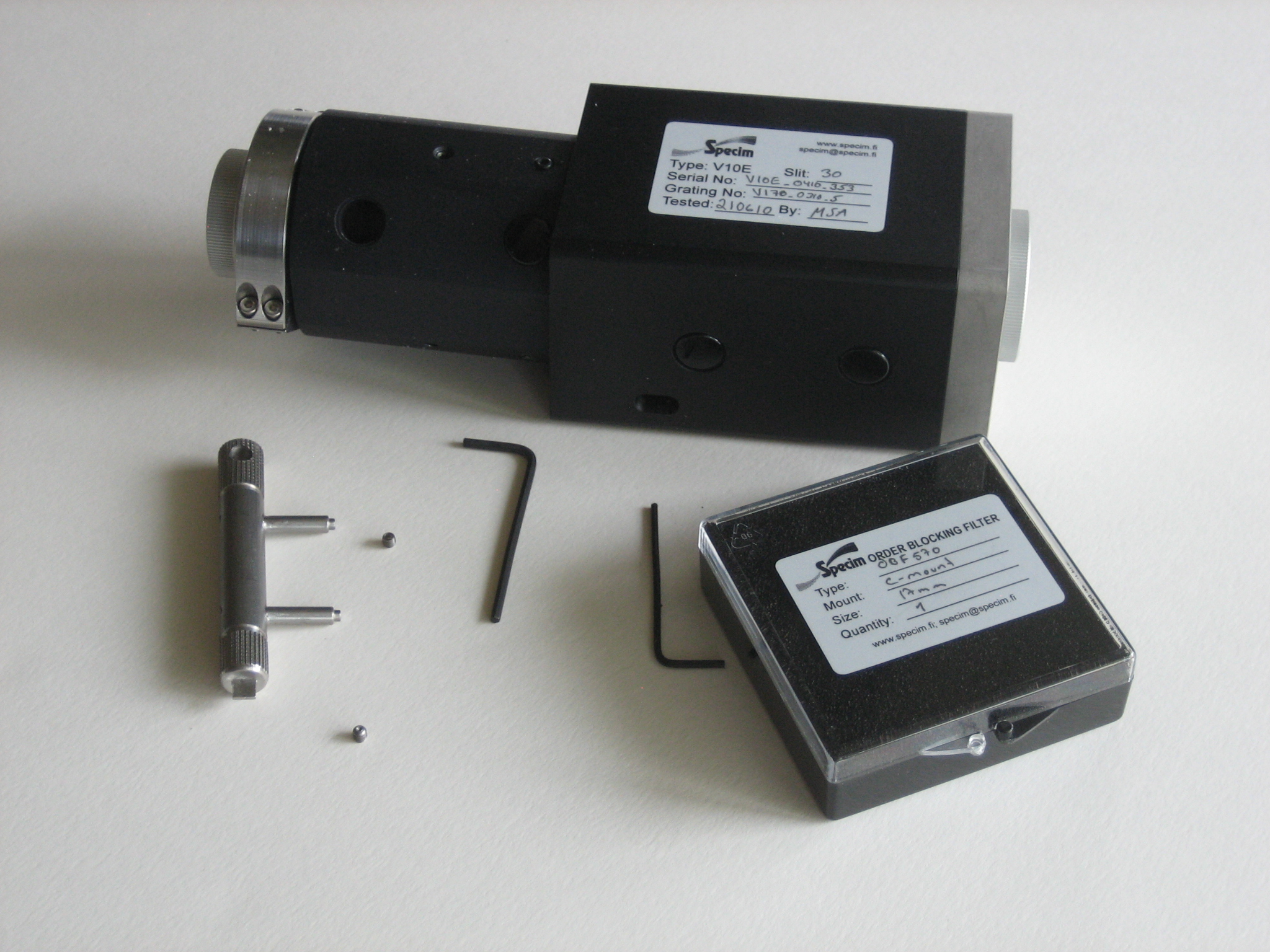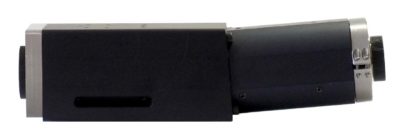Description
Middleton Spectral Vision offers the complete line of ImSpector™ Series imaging spectrographs for spectral imaging applications in both industry and scientific research. Spectrographs are complex optical components that change a camera to a hyperspectral imaging device with full contiguous spectral information and high spectral resolution. The spectrograph can be attached and integrated with a monochrome camera using a standard C- or U-mount to build a line imaging hyperspectral camera. The spectrograph may be integrated by the end-user. Alternatively, the integration along with alignment and calibration can be performed at Middleton Spectral Vision for an additional fee. Contact Middleton Spectral for more details.
The unique design of the transmission imaging technology makes the spectrograph an inexpensive, light-weight, rugged component designed to withstand industrial use and harsh environments. The ImSpector Series spectrographs combine high diffraction efficiency over a broad spectral range. The transmission grating-based optical design allows excellent image quality and a short focal length. The spectrograph designs are also independent of the polarization state of the incoming light. The spectrographs can be integrated with multi-channel fiber optic arrays, creating devices capable of simultaneous spectral measurement of up to 120 points.
Accessories
Various accessories can be combined or integrated with the spectrographs, including fore optics (special hyperspectral lenses), fiber optics, or filters to improve the quality of measured data. Hyperspectral fore optics are available for wavelength regions between 400 nm and 12,000 nm. Multiple point fiber optics are offered for wavelength regions between 200 nm and 2,500 nm. Find more details and options in the Accessories chapter.
Slits
Each ImSpector model has a standard input slit with a fixed length. The length of the slit defines the length of the usable spatial axis (i.e. sensor width) and thus also defines the spatial resolution. Together with the chosen lens, the length of the slit also determines the field-of-view.
The slit length is fixed in a spectrograph, however a range of standard slit widths are available for each ImSpector and must be defined at the time the spectrograph is ordered so that the installation and calibration can be performed at the factory. All default and standard slit widths are listed in the specifications tables for each ImSpector. Different slit widths can be manufactured, so a non-standard slit width may be chosen for an additional fee.
The slit width affects three parameters: spectral resolution, throughput, and the width of the imaged line. The spectral resolution can be improved by choosing a narrower slit width. However, please note that the pixel size of the focal plane detector and other optical design factors also affect the spectral resolution. The optical throughput of the spectrograph is also affected by the width of the slit. Decreasing the slit width will cause reduced throughput, which can be offset by an increase in the integration time or a brighter illumination source. The width of the slit (together with the lens) determines the width of the imaged line.






